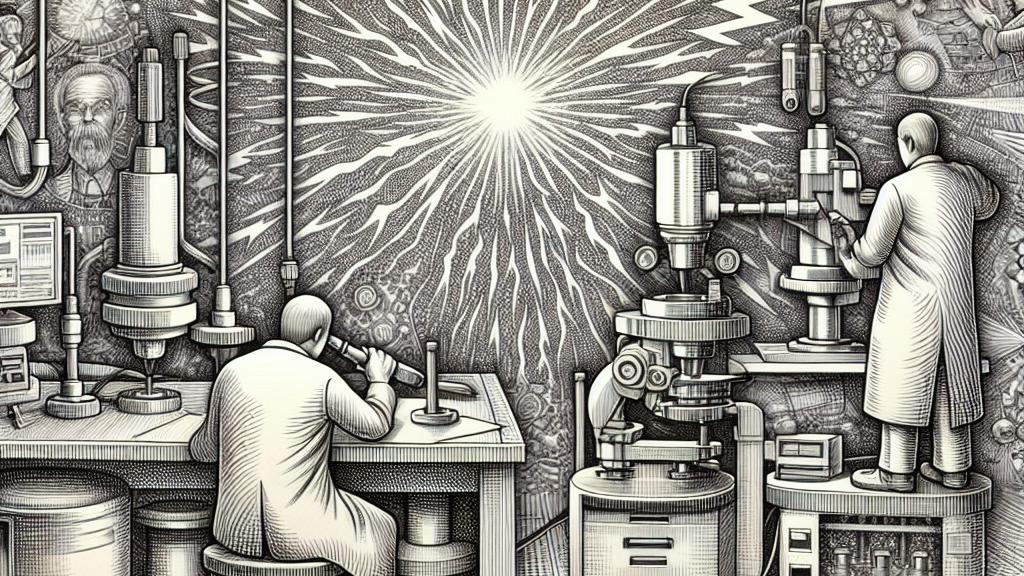Understanding In-Situ Ablation Depth Measurement Through X-Ray Diffraction
Overview
- Groundbreaking research leverages X-ray diffraction to accurately measure ablation depth in aluminum.
- This study uncovers intricate details about laser-matter interactions that have long been a mystery.
- The potential impacts of these findings span scientific innovation and practical applications across various industries.

The Context of the Research
This fascinating research originates in the United States, gathering momentum at prestigious venues such as Lawrence Livermore National Laboratory and the University of California, San Diego. Here, scientists are diving deep into the world of laser-induced ablation in aluminum, a material essential not only in technology but also in a wide range of scientific applications. The objective? To demystify the complex processes behind how lasers can meticulously remove material on extremely small time scales. Picture the challenges of accurately capturing the thermodynamic properties at play — it’s like trying to photograph lightning in a storm. The combination of intense heat and energy dynamics creates a symphony of interactions that, until now, have eluded our understanding.
Innovative Measurement Techniques
In an impressive feat of innovation, the research team has harnessed X-ray diffraction to make real-time, in-situ measurements of how laser ablation unfolds in aluminum. This cutting-edge method signifies a dramatic shift from traditional post-event analysis, which often missed the crucial dynamics occurring in those fleeting laser-material interactions. For example, during the first mind-boggling 10 picoseconds following laser application, researchers observed a rapid decrease in the volume of solid aluminum. This phase is crucial as it reveals the swift formation of a plasma layer, referred to as 'ablation depth.' Such a term doesn't just reflect depth; it encapsulates the intensity and immediacy of the interaction. Can you imagine how much information is packed into a mere fraction of a second?
Broader Implications of the Findings
The implications of these findings are nothing short of transformative. The insights gained from this research don’t merely stay confined within the labs; they hold the potential to revolutionize several fields, including laser fusion technologies and astrophysical research. Just consider this: by refining the models that predict how materials react under extreme conditions, researchers could vastly improve both the predictability and control in high-stakes environments. More accurate predictions could lead to breakthroughs in manufacturing processes or innovative solutions in renewable energy technologies. This isn’t just an academic exercise; these advancements could catalyze a significant leap toward a sustainable future, opening up new frontiers in both science and industry. We are, without a doubt, on the verge of remarkable discoveries that promise to redefine our understanding of material science and its applications!

Loading...